
Developer: Gunfire Games
Publisher: THQ Nordic
Platform: Switch, PC, Google Stadia, PS4, Xbox One
Tested on: Switch
Chronos: Before the Ashes (Switch) – Review
Chronos was originally released as a VR title on Oculus Rift. Now bearing the subtitle “Before the Ashes”, the labyrinthian RPG has returned, seeking to capture the attention of PC and console gamers. Featuring a unique aging mechanic, alongside a setting that combines fantasy elements with a modern-day environment, Chronos certainly seems appealing. We dove into the labyrinth to find out if the game lives up to the hype.
Story
In its opening cutscene, Chronos explains its premise in a manner that is both very basic and effective. The backstory is told by a shaman-esque old lady who lights fires to reveal shadow puppets. She explains how there used to be a great number of humans. The population was drastically reduced, however, until only a handful of tribes remained. The cause of this population drop were the minions of a dragon. You, the protagonist, are destined to kill this dragon and make the world safe for humans once again. To do so, you’ll need to step through a portal that opens once a year and face the dragon’s minions before stepping up to the big bad himself. If you fail, you’ll need to wait a whole year until the portal opens up again, then return and try again.
The setup explains the game’s defining mechanic and captures the right atmosphere, but things aren’t as clear-cut as they seem from the opening scene. When the protagonist is armed with a sword and a shield, is sent from a tribe and is tasked with slaying a dragon, you’d expect a high fantasy adventure but the game starts out in a modern-looking research facility and as you are exploring, you’ll find references to events that took place in 1968. It’s an interesting juxtaposition and we really liked the way the story played out and discovering how these two seemingly different settings were tied together. We should also point out that Chronos is a prequel to Remnant: From the Ashes. Although we aren’t familiar with the original title, we had no issues following Chronos’ story and it works perfectly fine as a standalone story, but if you did play Remnant, then you’ll be pleased to know that Chronos further fleshes out the world introduced there.
Graphics
We were pleasantly surprised with Chronos’ overall visual appeal. The graphics aren’t the most impressive by today’s standards, which makes sense given that this is a four-year-old game, but Chronos makes excellent use of light and shadow to create a mysterious environment. The character designs, both for the humans and the monsters you encounter, are fantastic and we were particularly impressed with some of the imposing attack animations from the bigger bosses. We did notice a few frame drops when the on-screen action pushed our Switch to its limits, but overall, Chronos delivers a commendable graphical effort.
Sound
Chronos’ immersive soundscape is best experienced with headphones as the game makes excellent use of limited environmental and directional sounds. Both the ominous music and the environmental sounds, as well as the growls and snarls of your enemies, really come together to create a genuinely unsettling atmosphere. Voice acting is fantastic as well, albeit limited to only a few key moments. Admittedly, the soundscape is sparse overall, but in our opinion, this strengthens the experience. The looming feeling of threat is never far away as you explore the labyrinthian setting of the game.
Originally released in 2016, Chronos is an action-adventure RPG that debuted as an Oculus Rift VR title. The 2020 rerelease has been retrofitted to PC and consoles to deliver a similar experience. It should come as no surprise that turning a VR title into a standard console game decreases the level of immersion but what we’re left with is still very much worth your time. The game’s unique selling point is the aging mechanic. Not only is the aging of your character implemented in a way that makes sense in the story, but it also provides a very different take on leveling up. You see, every time you are defeated, your character will return having aged one year. You start out as an 18-year-old with a very limited skill set. As you grow older, you’ll not only become a stronger and more experienced fighter, but you’ll also unlock new perks and abilities at set ages.
Of course, this mechanic does come with a huge caveat: at one point, you’ll be too old to continue on your journey. We noticed that the final perk is unlocked at age 80. While we didn’t quite reach this lofty age during our playthrough, there is still a sense of challenge here, as everything here does indicate that there is a limited number of tries before you kick the bucket. Speaking of the level of challenge, the original release of Chronos has often been likened to Dark Souls. Given that the term “Souls-like difficulty” has become a bit of a standard when describing how challenging a game is, we’re going to have to point out that any similarities between Chronos and Dark Souls are to be found in gameplay rather than difficulty level. Chronos never quite reaches the frustrating strain that Dark Souls is known for.
As for the actual gameplay, controls are relatively simple once you figure them out. The control scheme feels unusual for a traditional game but makes sense for a VR release, with the attack and block buttons mapped to the L, R, ZL and ZR triggers rather than the traditional button setup. It’s a setup that is quite easy to get used to after a few minutes of play, and we really enjoyed the smooth flow of combat. Apart from your basic attacks and blocks, each of which has a heavy or fast variant, there is also a magic meter in play. Each time your character successfully performs an action in combat, the meter fills up, allowing you to use a special power depending on the magic stone you have equipped. What was less enjoyable was having our character walk around outside of combat. Walking felt clunky and movement speed was a tad too slow for our liking. This was in great contrast with camera movement, and we imagine that the disparity between moving your character and the camera is the result of the game being a VR title, to account for any discomfort or motion sickness. Still, we would have liked to have seen some movement optimization here. This is somewhat mitigated by the fixed save points, which also act as fast travel locations.
Last but not least, the game also features puzzles that you’ll need to solve in order to unlock additional routes or to find hidden items. When we say puzzles, we’re not just talking about fetch quest-like missions -although these make up a huge part of the puzzle gameplay- but we also mean this in the literal sense. These puzzles help break up the gameplay, which would otherwise be on the monotonous side. While they’re a fun feature, the mechanics of a puzzle aren’t always intuitive, and they can be frustratingly difficult at times -more so than the boss fights.
Conclusion
With Chronos: Before the Ashes, developer Gunfire Games and THQ Nordic are delivering a more than decent action-adventure RPG. The simple but elegant combat system provides for genuinely fun battles, and the aging mechanic provides a unique element that really motivates you to try again after you’ve been defeated. The icing on the cake are the puzzles, resulting in an RPG that we’d happily visit again and again as we try to defeat the dragon with the youngest protagonist possible.
Chronos: Before the Ashes (Switch) - Review,
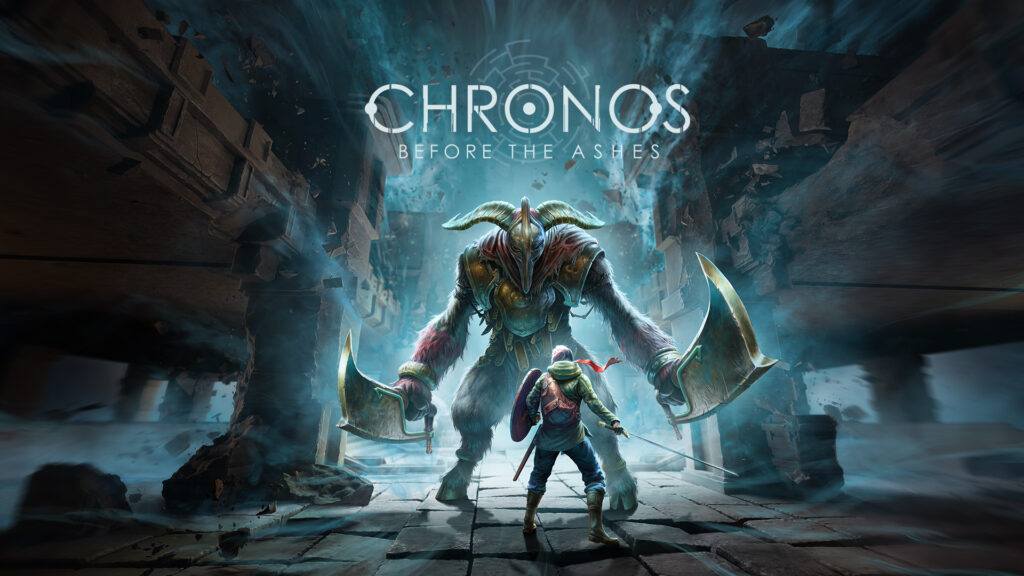
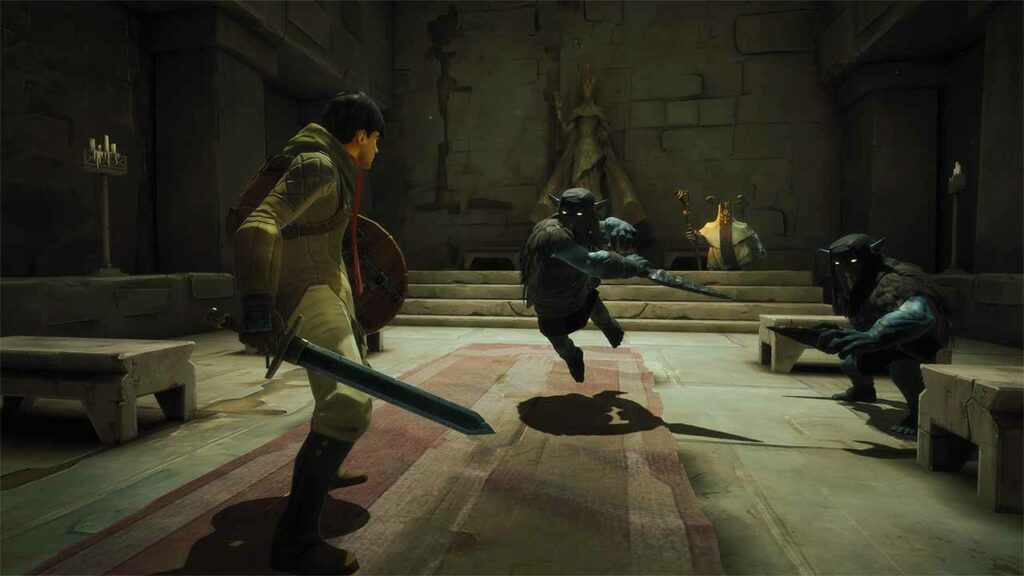
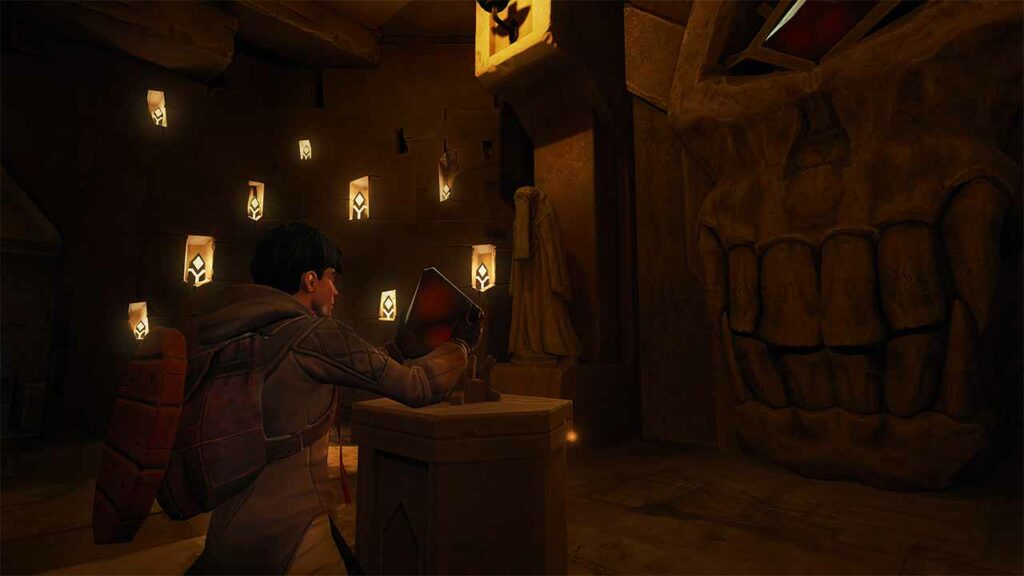
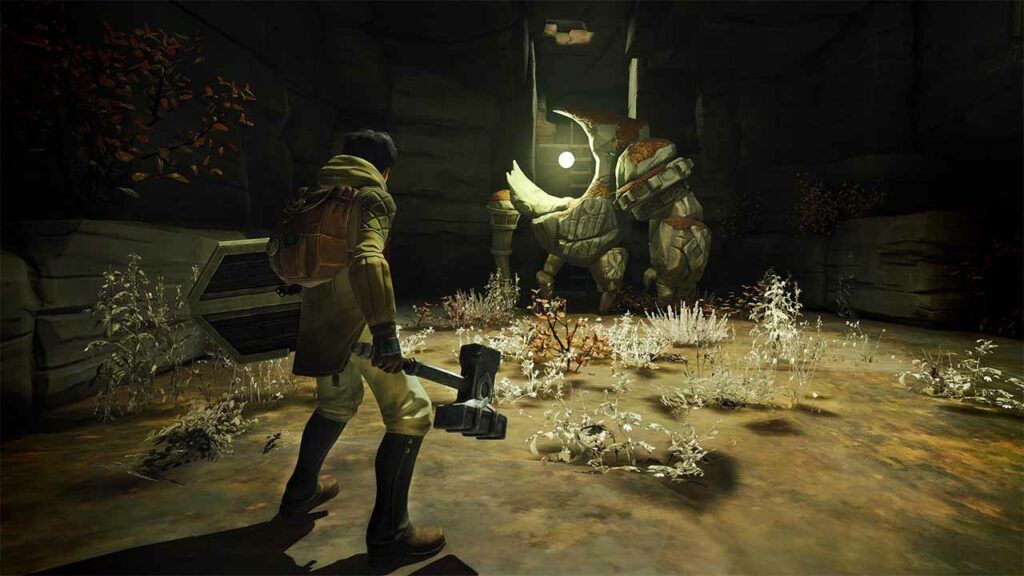
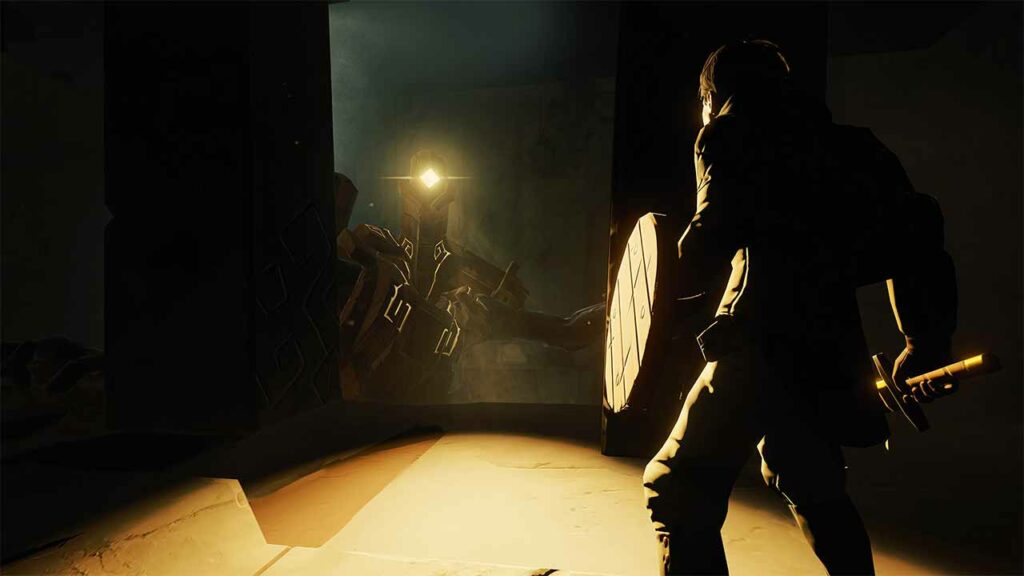




No Comments